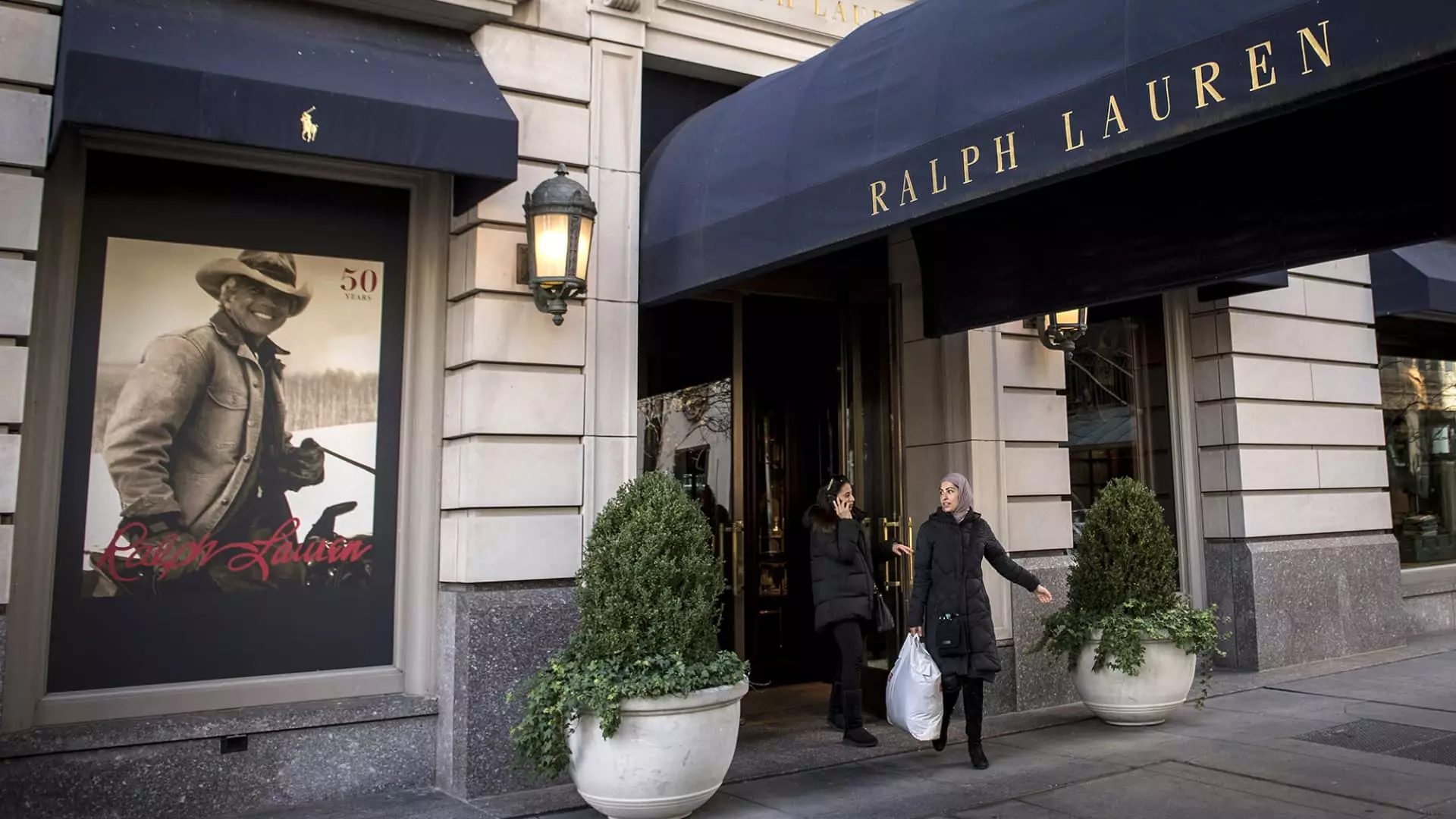In a world where trade wars loom like ominous clouds, Ralph Lauren has managed to twinkle through the storm, at least for now. With a notable 2.8% increase following an upgrade from Goldman Sachs, it appears that the luxury fashion brand holds an advantageous position with its minimal exposure to tariffs. This situation should serve as a stern reminder of the unpredictable waves of international commerce, highlighting the significance of strategic financial positioning. While some companies flounder under protectionist policies, Ralph Lauren’s upward trajectory may reflect sound operational foresight as the global economy shifts.
Duolingo: Language Learning’s Hidden Treasure
The recent climb of 1.5% in Duolingo shares post an upgrade to “outperform” lends credence to the transformative power of education technology. Analyst Andrew Boone suggests that the growth in the firm’s Max subscription service could serve as a financial boon. However, one must ask if we are truly valuing the potential of such educational tools. While growth is a positive sign, the long-term impact of language learning applications on society deserves a critical evaluation. Are people truly engaging with the content, or merely passive consumers in a gamified learning environment? The bullish outlook may be overshadowed by questions of sustainability and the true effectiveness of these digital platforms.
Peabody Energy: A Faustian Bargain for Coal
In a climate where alternative energy sources are gaining ground, Peabody Energy’s 4.8% surge, following Trump’s endorsement on Truth Social, is both alarming and revealing. This endorsement of coal as a viable energy source smacks of regression rather than progress. It’s exhilarating for shareholders in the short term, but what of the ethical implications? The investment community should exercise caution; this rise may symbolize a dangerous dependence on outdated and environmentally damaging practices.
Eastman Kodak: A Flash of Profitability
Kodak’s surge beyond 4% following an impressive net income announcement is the type of headline investors crave. From a mere $5 million a year ago to $26 million now, Kodak’s renaissance showcases the power of innovation. Yet, there’s a sense of skepticism. The film and chemical industry is evolving, and relying solely on traditional dividends may not sustain Kodak’s comeback in this digital age.
Lucid Motors: Hopes Fueled by AI
Lucid’s 2.8% uptick post-Morgan Stanley’s upgrade to “equal weight” illustrates the growing assurance in electric vehicles, particularly those integrating artificial intelligence. However, can we rely wholly on technology as a panacea for competitive pressures in the automotive industry? The emphasis on AI should prompt a robust dialogue about innovation and sustainability in production practices rather than merely adjusting numbers on a spreadsheet.
Hallador Energy: A Grim Warning
The disheartening 6% decline of Hallador Energy raises eyebrows. Its fourth-quarter revenue missed analysts’ expectations, drawing attention to the potential demerits of reliance on fossil fuels. The variance from anticipated income showcases the volatility lurking within this sector. Market participants ought to have a pragmatic view on fossil fuel investments—what could one sudden downturn mean for their entire portfolio?
Sarepta Therapeutics: A Cautionary Tale
With a staggering drop of over 25%, Sarepta Therapeutics faces scrutiny following the tragic death of a treatment patient. While acute liver injury is documented as a possible side effect, it forces a contemplative analysis on the balance of innovation against uncompromising risks. The biotech sector is volatile, and Sarepta’s misfortune should encourage a reevaluation of the boundaries between progress and ethics in medical treatments.
These pivotal stock shifts are a vivid canvas of today’s market dynamics, offering cautionary tales intermingled with opportunities that demand scrutiny in both investment strategies and ethical considerations.

